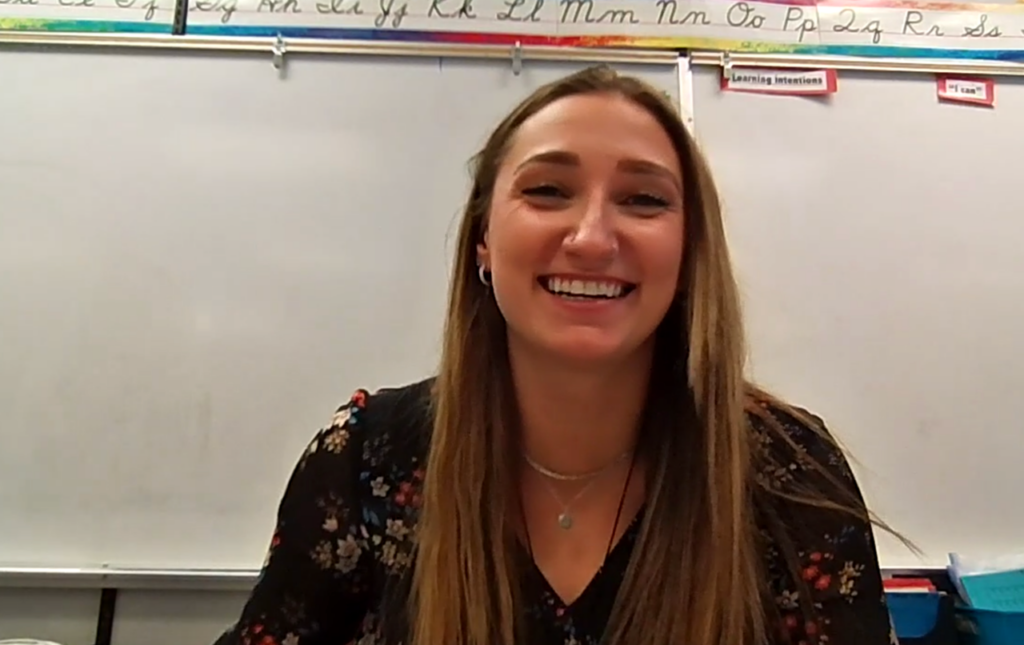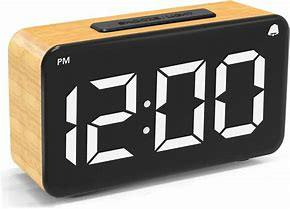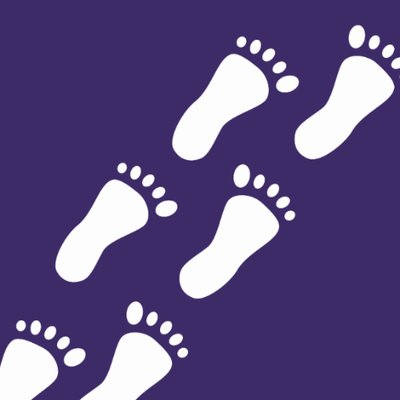An important part of today’s society has become social media and the internet. Students are introduced to the wide world of the internet as early as the age of five. From watching videos like cocomelon to playing video games and phone games, children become so tech-savvy that I often learn from them and not them from me.
Because of their early introduction to the technology world, it is important for parents and students to understand the importance of Digital Citizenship, Digital Literacy, and lastly that their internet excursions create a digital footprint that follows them for life.
Digital literacy and a person’s digital footprint fall under the blanket definition of Digital citizenship. According to Harappa..
“Digital citizenship can be defined as the successful and positive engagement with digital technologies that allows individuals and communities to cultivate values, skills, attitudes, and knowledge.”
Harappa Education
It is important for students to learn how to be a good digital citizen. They must understand that in order to be a good digital citizen, they must know how to take the proper steps toward learning their role in society and how that role is effected by the adventures they have on the internet. A responsible digital citizen uses what they acquire online for their own personal knowledge as well as learn how to critique it.
“Digital citizenship for students has the potential to transform education by making learning more analytical, interactive, and immersive.”
Harappa Education
There are eight different elements to an individual’s digital citizenship.
- Digital access — how they use technology to collaborate and access their required knowledge
- Digital etiquette — how one acts while on the internet; whether they are polite, non-discriminatory etc.
- Digital commerce — what one sells or buys online and in what manner
- Digital rights and responsibilities — these are the rights that one has while on the internet, like freedom of speech etc.. however, with these rights also comes an endless list of responsibilities
- Digital law — the rules and/or guidelines that must be followed
- Digital communication — all the ways that individuals can communicate using social media platforms
- Digital health and wellness — protecting users psychological well-being
- Digital security — how one can protect their identity while surfing the web
and last but not least..
9. Digital Literacy
Being an aspect of Digital citizenship, digital literacy is an individual competency and proficiency when using the internet. According to Brianna Flavin from Rasmussen University..
“Digital literacy involves four major pillars:
1. stay up to date with existing technologies
2. properly communicate in an online environment
3. manage your ideas in an online environment
4. manage teams leveraging technology “
Brianna Flavin, Rasmussen University
These major pillars need to be taught to our students so that they can be prepared for the future. Although there are four major pillars in accordance to digital literacy, students have their own skills that they should be taught in order for them to be prepared for the future as well as allow them to understand what it means to be digitally literate. These skills include:
- information literacy and critical thinking
- understanding the digital footprint
- cultural and social understanding
The best way to teach these skills is by learning by doing. It would be beneficial to teach the students how to surf the web and collect information. It is also important to point out the positive and negative examples of what the internet holds and encourage the students to use the positive aspects of it.
So now we know about our digital citizenship and digital literacy.. so whats next..? AHHH YES.. our digital footprint..
According to Kristina Eriksen from Rasmussen University,
“your digital footpring is anything about you or put out by you online. This includes social media, your own website, articles about you or written by you. It spans all time and it can be information that is both easy and hard to find.”
Kristina Eriksen, Rasmussen University.
The reason we must teach our students about monitoring their digital footprint is because they need to understand that what they share on the internet has the potential to be available forever. When websites ask if you are okay with all the cookies they use, this means that they have access to all of your information and have the potential to use it as they please. Students need to be taught the importance of internet privacy so that they can become good digital citizens and keep up to date with their digital literacy understanding.
In order for our students to understand the meaning behind their digital footprint and how to manage it, they need to have the means and understanding of how to do that.
It is important to teach our students how to manage their digital footprint and I am going to tell you just how you can do that.
In order to manage your digital footprint you must:
- google yourself so that you can have a cognitive understanding of what others have access to.
- set up google alerts so that you can be notified whenever your name is being used
- protect your personal data, do not add too much information on your social media that can make you easily traceable.
- keep your passwords and logins private, do not share them with anyone. They are personal for a reason
- think before you post. If you have to think twice and really contemplate whether you should post what you are planning, then you probably shouldn’t.
- and last but not least, keep your pictures private.
After this long post about the world of the internet and how to go about it safely, I hope that you are well equipt on how to approach the subject with your students and have at least learned one fact that you haven’t already known. Welp that’s it for this post, goodbye for now.
Citations
Mathur, Divya. “Digital Citizenship: Meaning, Elements and Importance.” Harappa, 24 Nov. 2021, harappa.education/harappa-diaries/digital-citizenship.
Penini, Mattia. “Digital Literacy in Education: What Is It? –.” Acer for Education, 30 Nov. 2022, acerforeducation.acer.com/education-trends/digital-literacy-what-it-is-and-why-its-important.
Flavin, Brianna. “What Is Digital Literacy? 5 Skills That Will Serve You Well.” Rasmussen University, www.rasmussen.edu/student-experience/college-life/what-is-digital-literacy.
The BC Digital Literacy Framework | Scarfe Digital Sandbox. scarfedigitalsandbox.teach.educ.ubc.ca/the-bc-digital-literacy-framework.
Kaspersky. “What Is a Digital Footprint? And How to Protect It From Hackers.” www.kaspersky.com, 9 Mar. 2022, www.kaspersky.com/resource-center/definitions/what-is-a-digital-footprint.
“Digital Citizenship.” Common Sense Education, www.commonsense.org/education/digital-citizenship.







